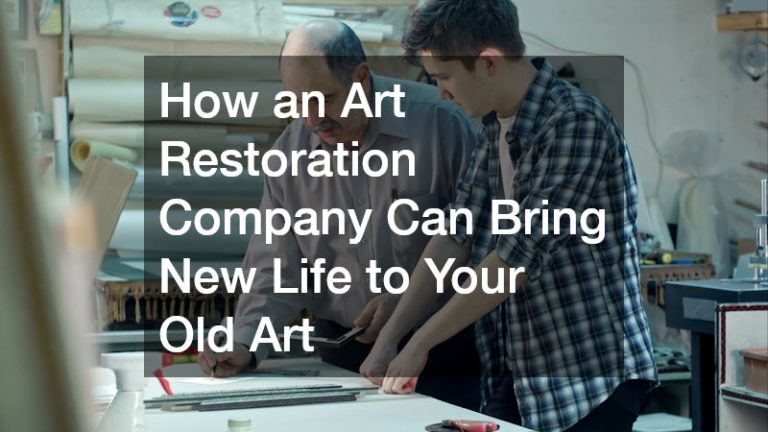American-French painter Marcel Duchamp once said, “You cannot define electricity. The same can be said of art. It is a kind of inner current in a human being or something which needs no definition.” For some, art is a painting on a canvas using brushes and watercolors. For others, it is an image taken by a camera, be it of nature, an industrialized city, or human beings. A third group might define art as a computer rendering, the result of programming code and design.
No matter what your definition is or how it has evolved, certain things remain constant. Art is always beautiful. It is always captivating. It is inspiring. Whether it’s a painting made by a child, a movie CGI shot of outer space, or Leonardo da Vinci’s “The Last Supper,” art is an expression of human emotion and human interaction. We should admire it for what it is instead of the techniques used to achieve it.
As we approach the end of the first quarter of the new millennium, let us look at some contemporary art trends shaping our world.
Multiplied Exposure
With the never-ending growth and expansion of social media, it is now easier than ever to “get out there” and make yourself known. With the help of online platforms such as YouTube, Instagram, Facebook, and Twitter, all kinds of artists from a wide variety of backgrounds can now gain exposure to millions of people around the world. The internet has given artists the means to express themselves and find an audience, regardless of their craft.
Multiplied exposure has also led to a shift in business practices and a boost in creativity and innovation. In the past, an artist had to be discovered by a talent manager or curator. Now, artists can jump over the middle man and go straight to the audience, to the client. As such, there are artists online showcasing their work, offering lessons, and promoting their skills. Others have become talent managers themselves or delved into other interesting art-related industries, including signed memorabilia of movies and other types of collectors’ items.
Art and the Environment
Issues like overpopulation, air pollution, and deforestation continue to affect all areas of our lives. It is no different in the art industry. The importance of environmental protection is also at its forefront. As such, art continues to change, gradually moving towards an eco-friendly perspective.
Examples include using environmentally friendly materials to make brushes and canvases or the digitalization of art to decrease our carbon footprint. There are also others. Some artists have begun focusing their work on the destruction and chaos caused by global warming. Photographers are now taking pictures of damaged ecosystems while traditional artists are including endangered animals and melting polar ice caps in their paintings.
The Digital Revolution

As technology continues to develop, so does its influence in the art world. A sculptor can now build a masterpiece with the use of a computer and a 3D printer. A museum at the time of covid-19 can virtualize its collections and offer them as a live, interactive experience online. Movies studios can do almost anything. They can create completely new environments or incorporate human-CGI realistic interactions. The list goes on and on.
Who knows what the future might bring? It’s not far-fetched to imagine a world where disabled artists can use a computer to create with their minds, or children can transfer the images inside their heads into a canvas. The possibilities are endless.
Art is not stale or static. It is always transforming and evolving. It never stops changing into something else. Currently, three trends are dominating the industry. They are a boom in exposure, environmental protection, and technology. How long they will last is anybody’s guess.



